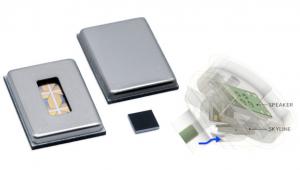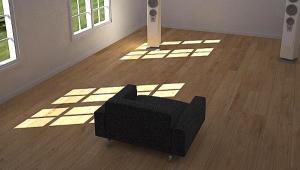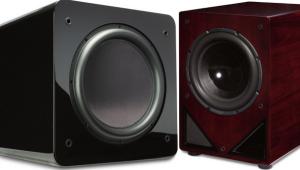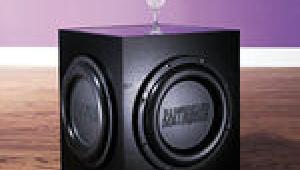Great article. Good to hear from the experts about sub design and setup.
Subwoofers: The Guts and the Glory – Setting Up Your Sub
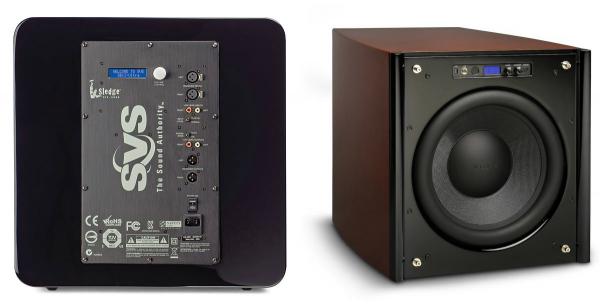
“As good as auto setup systems are, they still make mistakes, sometimes egregious mistakes,” said SVS’s Ed Mullen. “It’s inexplicable that sometimes they’ll set an in-wall or in-ceiling speaker to full-range, but it does happen.” And auto EQ can’t fix everything. “You cannot fill in a valley [a dip in frequency response] caused by a room mode,” pointed out Axiom’s Andrew Welker. “You’re just going to waste amplifier power.” Added Velodyne’s Chris Hagen: “Sometimes if you put the sub in without doing any setup work, you’ll get a big lump at the crossover point. The auto setup in the receiver will tend to try to fix that by turning the sub down. Then we get the call, ‘What’s happening? I can’t hear your subwoofer!’”
Thus, if you want to ensure the best performance, you’re still going to need to put some thouht into the placement and calibration of your subwoofer(s).
If you’re using Audyssey or another auto EQ system, SVS’s Mullen and Power Sound Audio’s Tom Vodhanel have the same suggestion: Put the sub in the corner and let the receiver sort it out.
“Corner placement excites all possible room modes,” Mullen said. “The more modes you’re exciting, the less potential there is for a gaping hole in the in-room frequency response—i.e., a null. To the extent corner placement creates peaks in the response, that can be fixed by your receiver, provided it equalizes the subwoofer channel.”
“One of the challenges is getting as much headroom as possible for your budget,” Vodhanel said. “If you place the sub in a corner with no openings nearby, you’ll excite all the room modes. That may or may not be a good thing, but you will be getting maximum efficiency. Another option is nearfield placement, as close as possible to the seating position, maybe 2 meters away. This way the energy of the sub reaches the seating position before it has a chance to interact with the room, and the sub is so close to you that you’ll still see good system efficiency.”
If you don’t have or don’t want to use auto EQ—or if you just want the smoothest possible performance—the best solution is the “subwoofer crawl.” To do this, place the sub in your favorite listening seat, then play some music or movies and crawl around the floor until you find the place with the smoothest bass response. Then just put your sub there.
“I always suggest doing a subwoofer crawl to determine the best spot to place the sub,” Hsu said. “If your system has equalization capabilities, find the location that gives the highest output in the low bass without any major weakness in the upper bass. That would give you the highest headroom and lowest distortion. If you do not have EQ capabilities, find the spot that gives you the smoothest response.”
For more setup tips, read the full interviews with our subwoofer experts here.—BB
- Log in or register to post comments


We offer assistance in all subjects. Start relying on our best essay here services today!
